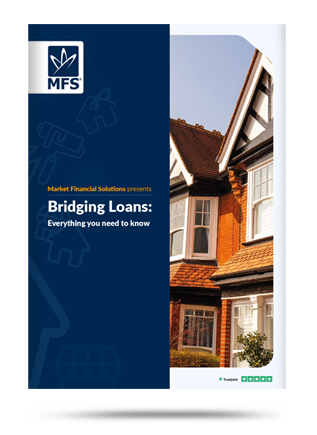Disclaimer
Market Financial Solutions are a bridging loan and buy-to-let mortgage provider and are not legal, financial, investment or tax advisers. This document is for informational purposes only and does not, and should not be considered, to constitute legal, financial, investment or tax advice or be relied upon by any person to make a legal, financial, investment or tax decision. Therefore, Investors are encouraged to seek appropriate professional advice. The information in this content is correct at time of writing.

Houses in multiple occupation (HMOs) can present property investors with a unique opportunity. As housing costs jump, and student numbers rise, we’re seeing more demand for these types of properties, and HMO loans. But, unlike other forms of buy-to-let assets, HMOs come with additional responsibilities and regulations.
As such, if investors plan to move into this field and utilise HMO bridging finance, they’ll want to make sure they’ve got all their ducks in a row. They’ll also want to work with a lender who understands the complexities of this niche sub-sector.
To help investors get up to speed, this blog breaks down what they need to know about HMOs. We’ll also explore how specialist finance could support their property investment goals.
A property is considered an HMO if it has at least 3 tenants living in it, forming more than 1 household, and they share facilities within the home. This includes toilets, bathrooms, and kitchens. A home will be considered a “large” HMO if there are at least 5 tenants sharing the space.
Why should you care?
The market is desperate for more stock. HMOs could prove beneficial for tenants and property investors alike. There is a lack of available rental homes in the market and to address the supply and demand imbalance, renters and buyers need more options.
Also, students are key utilisers of HMOs, and youngsters are heading to university in record numbers. But, future students may struggle to find suitable accommodation over the coming years. It could be relatively easy for property investors to take advantage of these issues with HMO bridging finance.
Demand is there for HMO loans and properties, as is the potential for decent yields. While returns will vary, HMOs may generally provide higher yields than standard BTL properties.

Where could you look for opportunity?
HMO bridging finance can only be best utilised by those who know where to look. Many cities across the UK have seen a decline in HMO numbers, and could do with more optionality.
There are a number of other cities across the UK that are also desperate for increased supply. Student accommodation costs are skyrocketing in certain hotspots. More options could help restore stability.
London, understandably, has the most HMOs in England, although the barriers to enter this local market may be high. Investors may also want to target cities that are student favourites. According to reviews from students themselves, Liverpool, Newcastle, Sheffield, Leeds, and Nottingham rank among the best of the best for budding scholars.
How HMO bridging finance can help
Undoubtedly, property investors and landlords have faced immense pressure recently. Rising costs and economic uncertainty has led many to question the merit of investing at all. There have been countless headlines dedicated to how homeowners are exiting the market. But, much of this pessimism may be overblown.
Landlords are still driving demand in the property market. We have a long road ahead of us, but many investors will likely have HMO funding on their minds, as well as potential HMO lenders.
But as optimism returns, so too will competition. If property investors want to get ahead of their rivals, they’ll need a lender that can provide HMO bridging finance that keeps up with the market. Our HMO loans can help investors jump on an opportunity in more ways than one.
We have flexible HMO financing products that can help them purchase an HMO property and expand their portfolio. They could utilise residential bridging loans and buy-to-let mortgages, which can be issued in mere days. Also, all our options are bespoke. They can be tailored to an investor’s circumstances.
We want to hear from any investors who plan to engage with these strategies, and more like them.
The Complete Guide to
Bridging Loans
Everything you need to know
- Different bridging types
- Useful tools
- Apply them in real life
- Market insights & more





